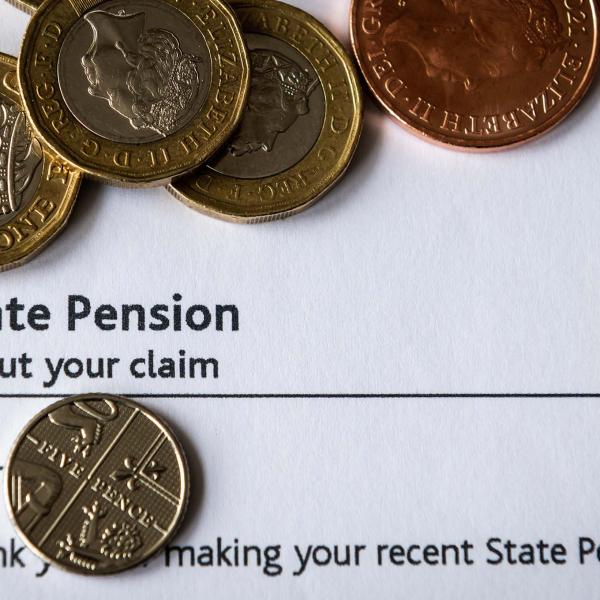Jonathan Cribb, Associate Director at the Institute for Fiscal Studies, said:
‘Today’s figures from the ONS show that average earnings growth in the year to May to July 2023 was 8.5%. This figure is particularly important as it is very likely to be used in determining how much the state pension increases by next April for the UK's 12 million pensioners.
‘Under the triple lock, the state pension increases every April in line with the highest of average earnings growth in the year from May to July of the previous year, CPI inflation in September of the previous year, and 2.5%. If today’s figure is indeed the highest of those three, it means that a full basic state pension is set to rise from its current £156.20 per week to £169.50, while a full new state pension – which those who reached state pension age since April 2016 can receive – would rise from £203.85 per week to £221.20.
‘Since its introduction in 2010, the triple lock, together with the introduction of the new state pension, has significantly increased the generosity of the state pension relative to earnings. But this comes at a cost to public finances – the triple lock has added £11 billion to spending on the state pension in 2023–24 relative to price or earnings indexation. Compared with the OBR's forecast from just six months ago, today's figures mean spending on the state pension is set to increase by another £2 billion in 2024–25.
‘These increasing public finance pressures caused by the triple lock, especially in periods of macroeconomic volatility as we have experienced in recent years, risk the sustainability of the state pension system, meaning heightened uncertainty for individuals planning their retirement finances.’










